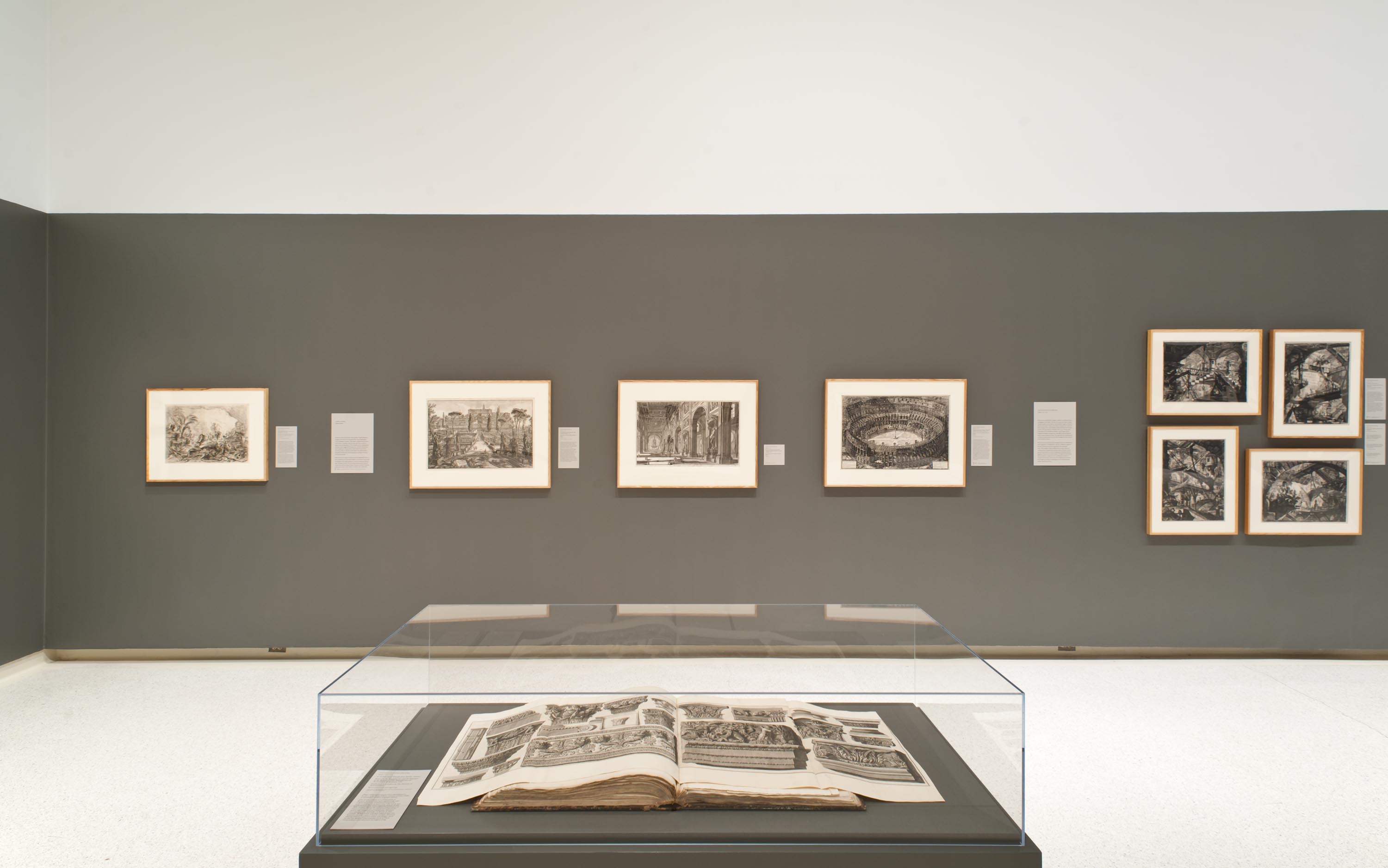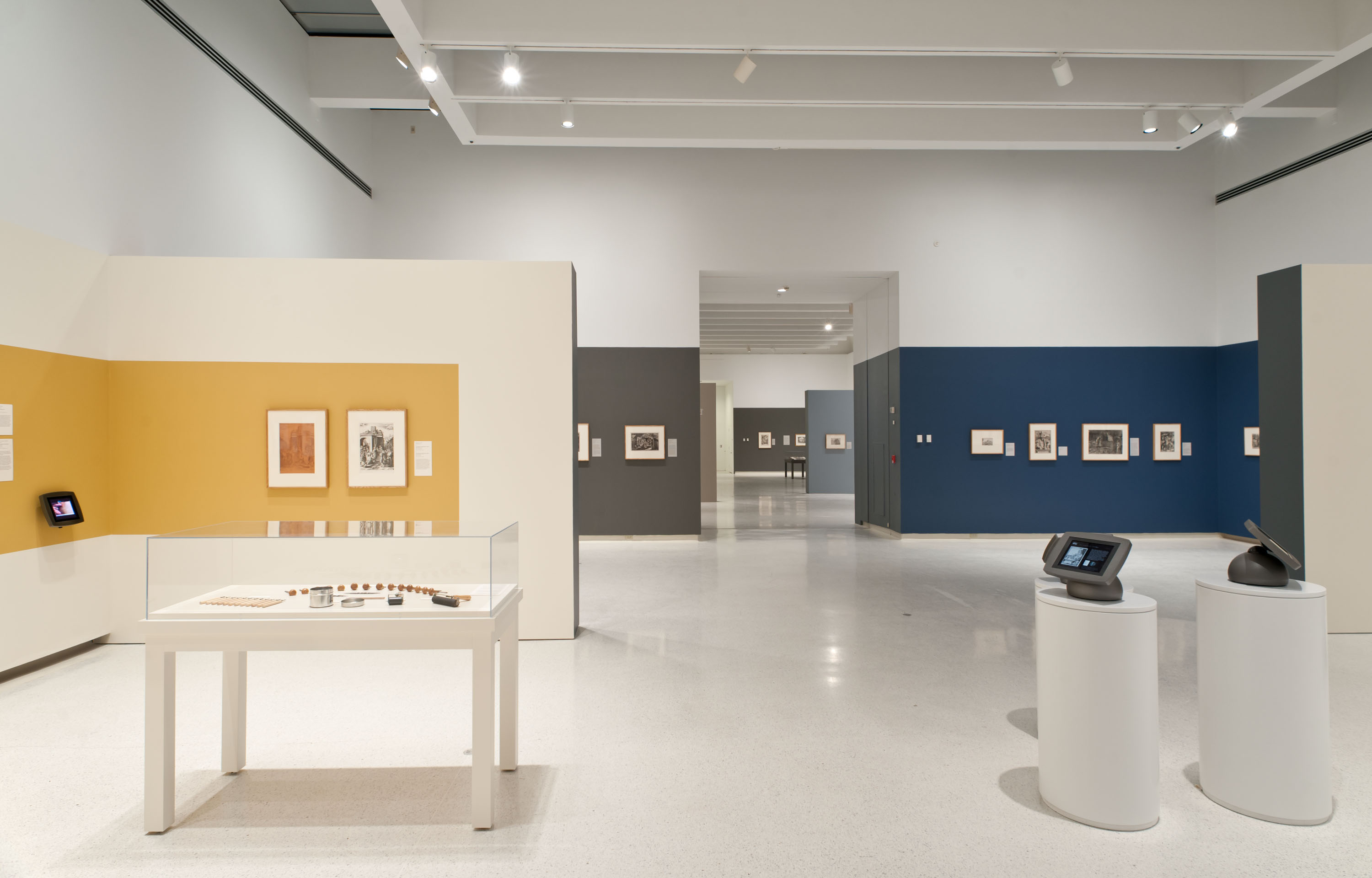Small Prints, Big Artists presents more than 200 masterworks from Carnegie Museum of Art’s exceptional collection of over 8,000 prints, many of which have not been on view in decades.
The intimately scaled woodcuts, engravings, and etchings reveal the development of printmaking as a true art form, from 15th-century Northern Europe, through the masterful innovations of Albrecht Dürer and Rembrandt, to the fantastical prints of Canaletto, Tiepolo, and Piranesi in the 18th century.
Artists began to make prints in the middle of the 15th century, mainly as devotional images included in religious volumes or as small individual sheets handed out to pilgrims at monasteries and shrines. By the year 1500, a new art form and a new means of communicating ideas was born—one that had as great an impact in its time as the Internet has had in our own. Small Prints, Big Artists traces the development of prints over the centuries, exploring the evolution of printmaking techniques and unlocking the images’ hidden meanings. It offers a unique opportunity to discover works by some of the best-known artists of the Renaissance and beyond.
This exhibition is organized by Linda Batis, independent curator.








